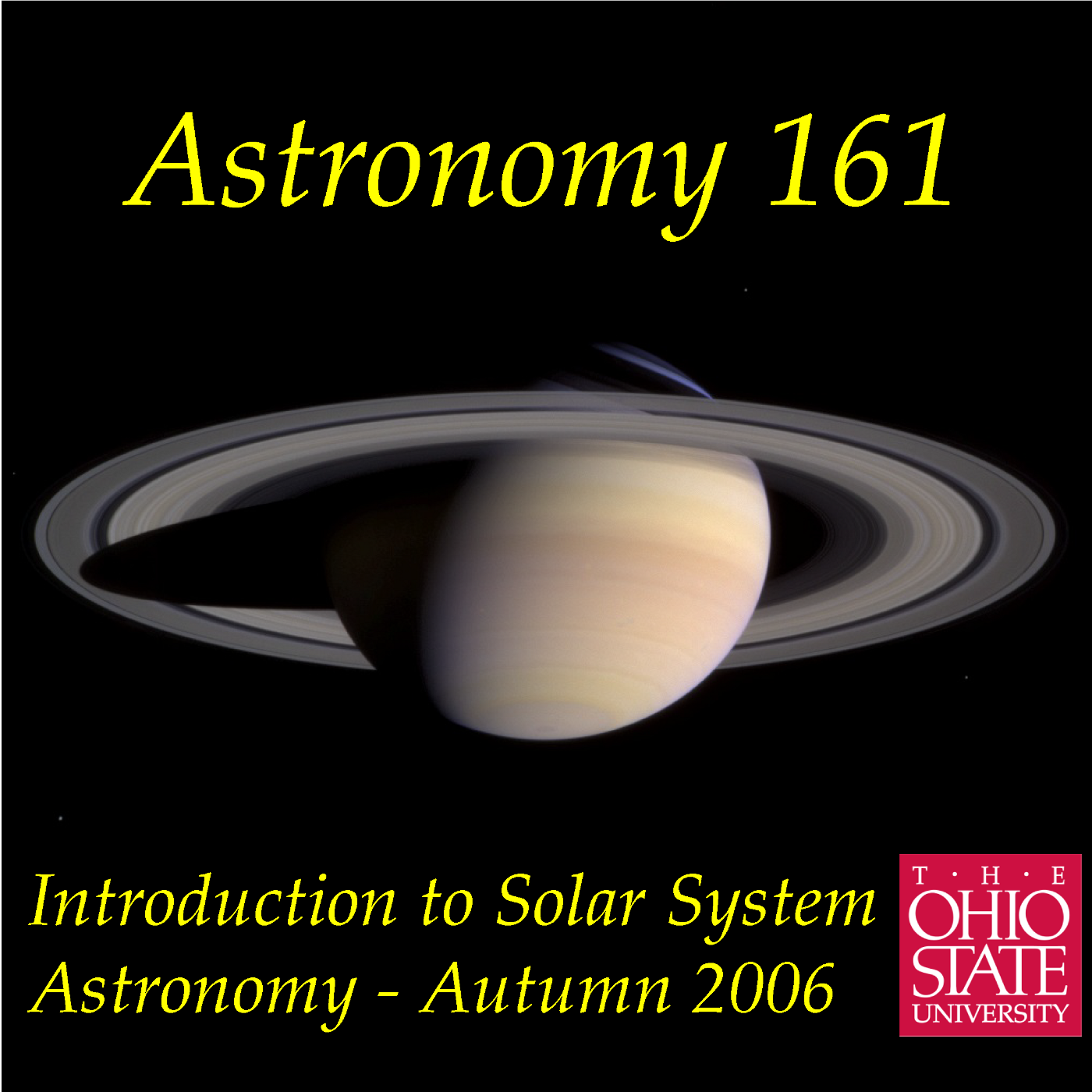Lecture 17: On the Shoulders of Giants: Isaac Newton and the Laws of Motion

The work of Copernicus, Kepler, and Galileo all contributed to a new way\nof looking at the motions in the heavens, but did not explain why they\nmove that way. Enter Isaac Newton, who within a few years swept away\nthe last vestiges of the Aristotelian view of the world and replaced\nwith a new, powerfully predictive synthesis, in which all motions, in\nthe heavens and on the Earth, obeyed three simple, mathematical laws of\nmotion. This lecture introduces Newton's Three Laws of Motion and their\nconsequences. We are now ready, next week, to examine the role of\nGravity and finally explain the orbits of the planets. Recorded 2006\nOct 13 in 100 Stillman Hall on the Columbus campus of The Ohio State\nUniversity.